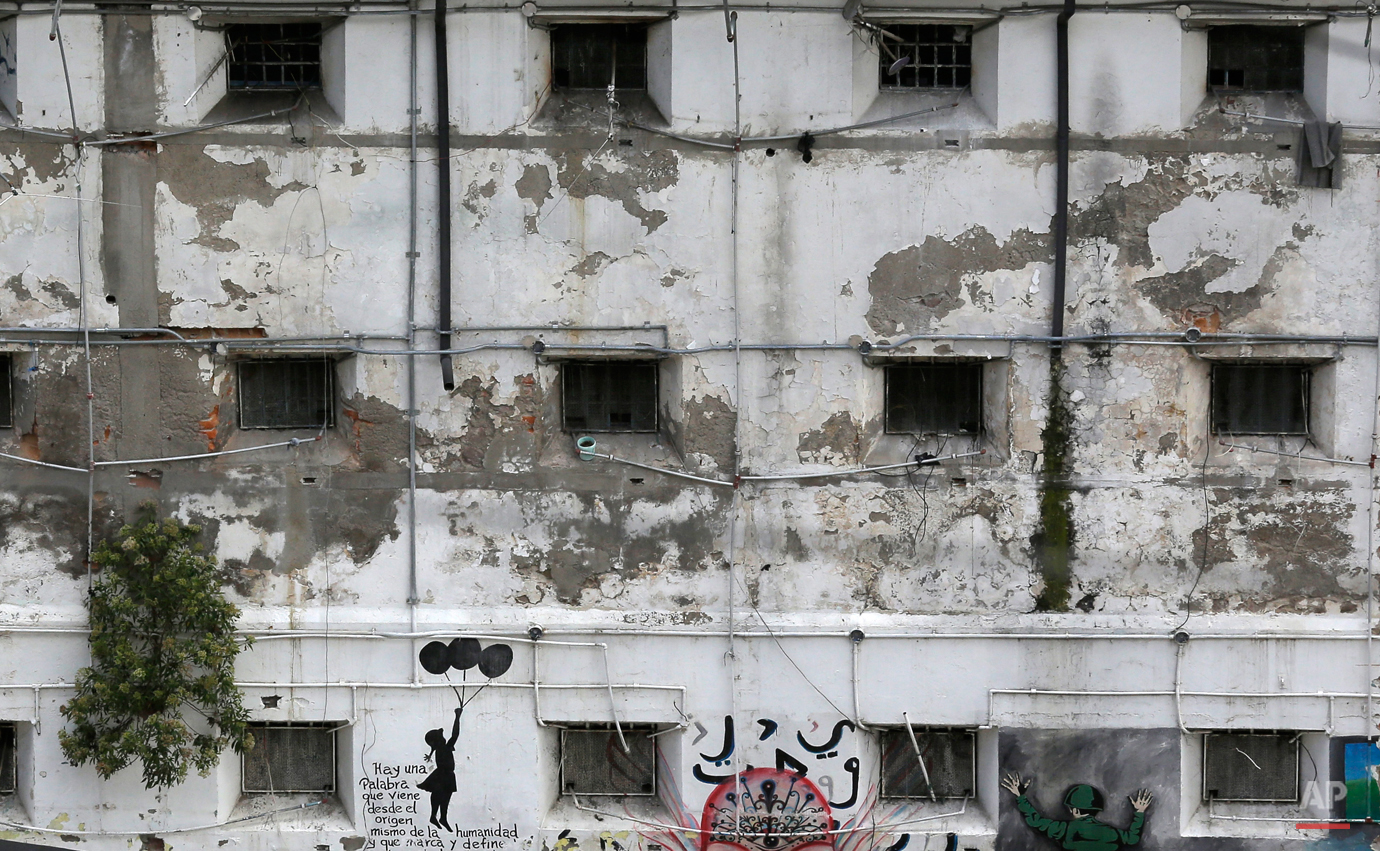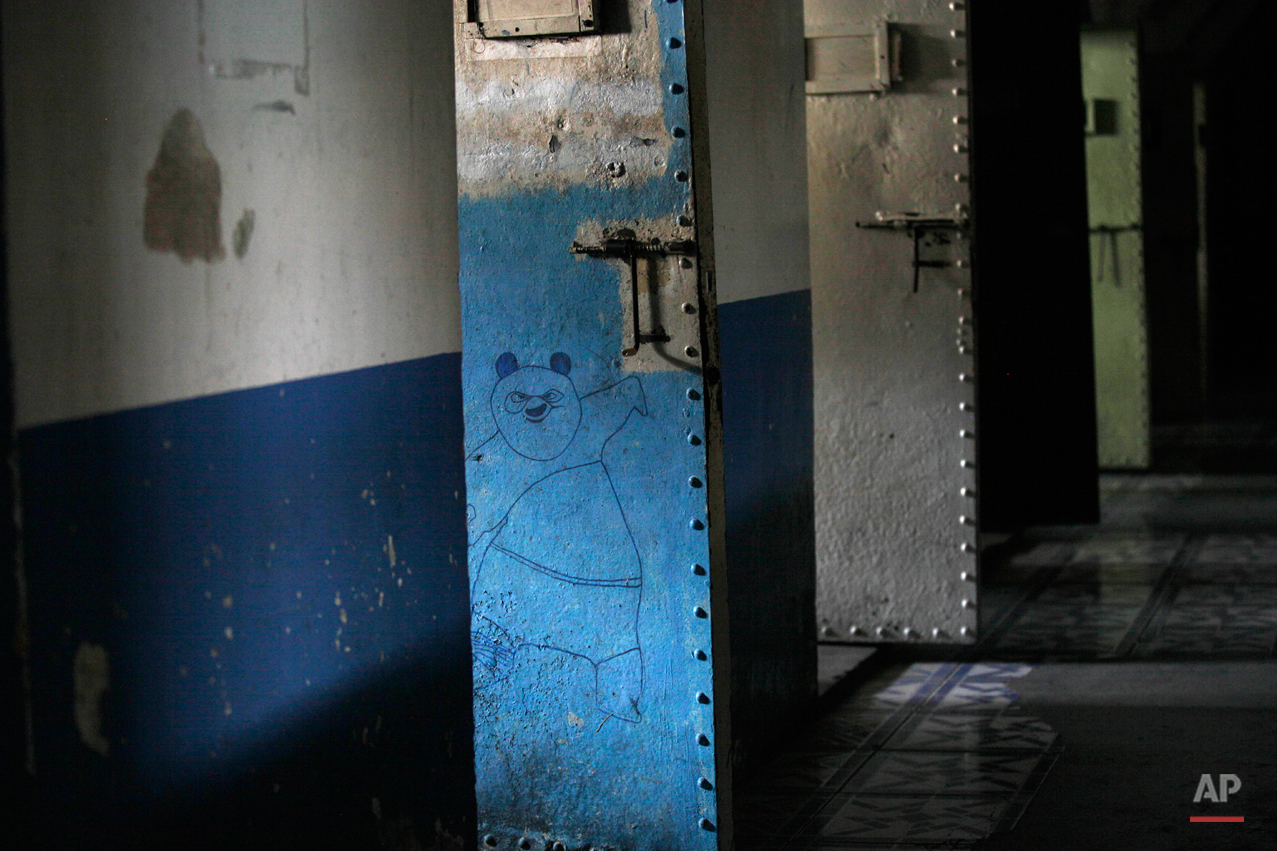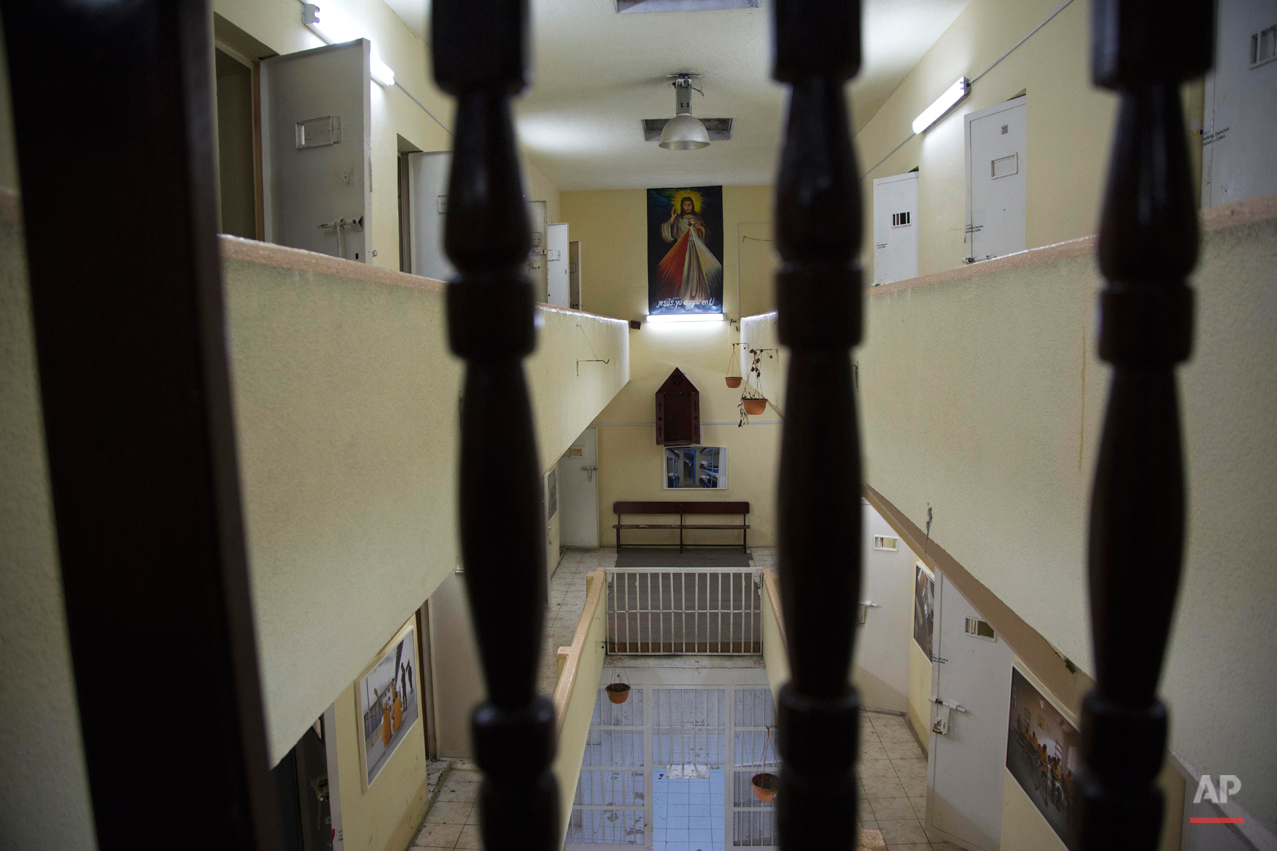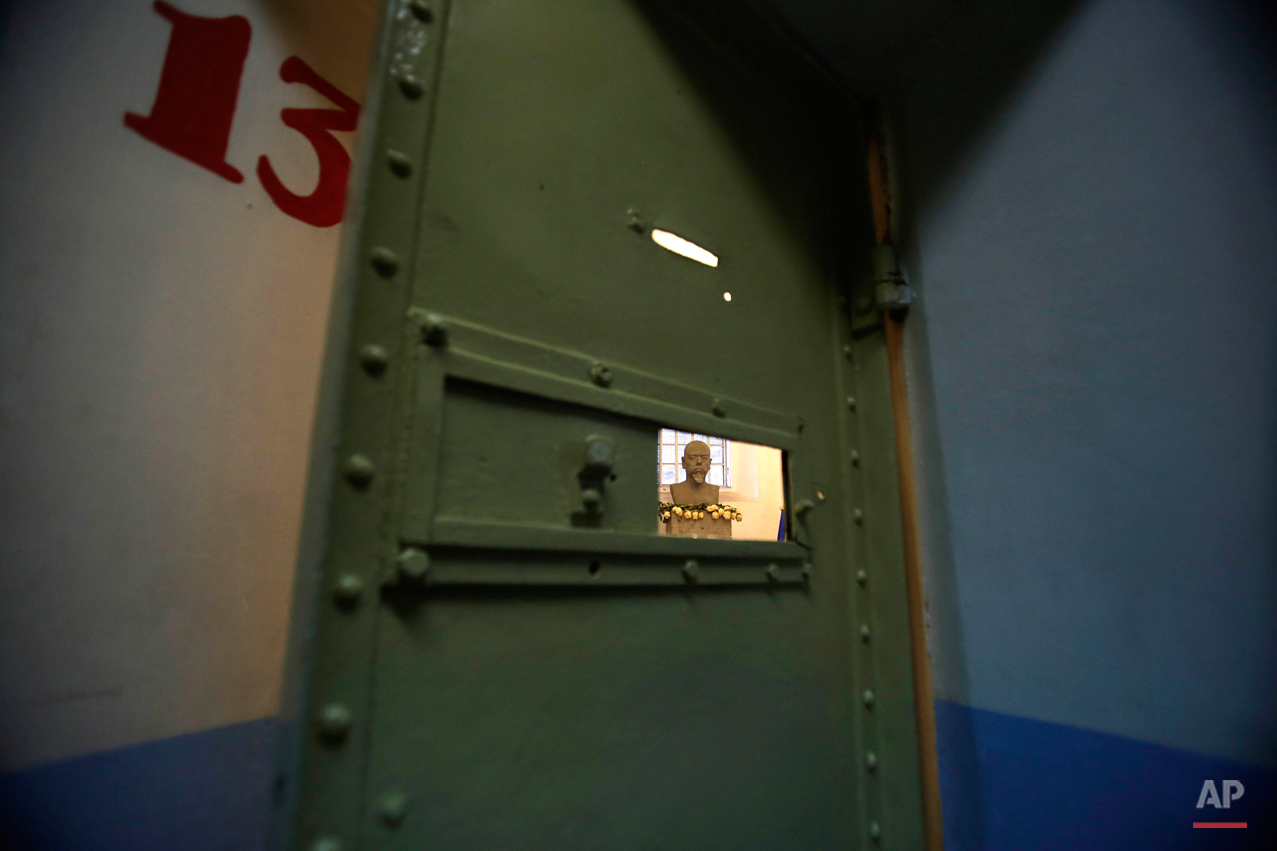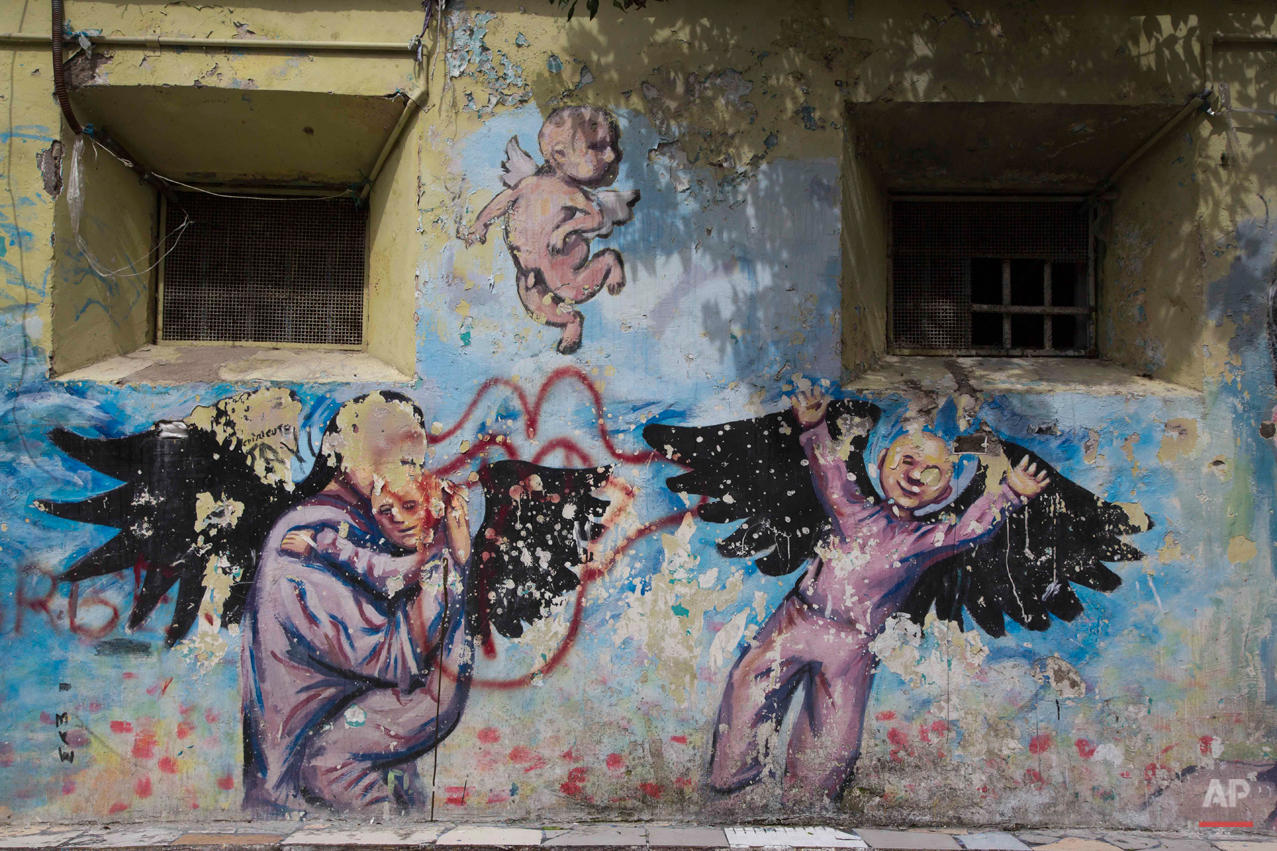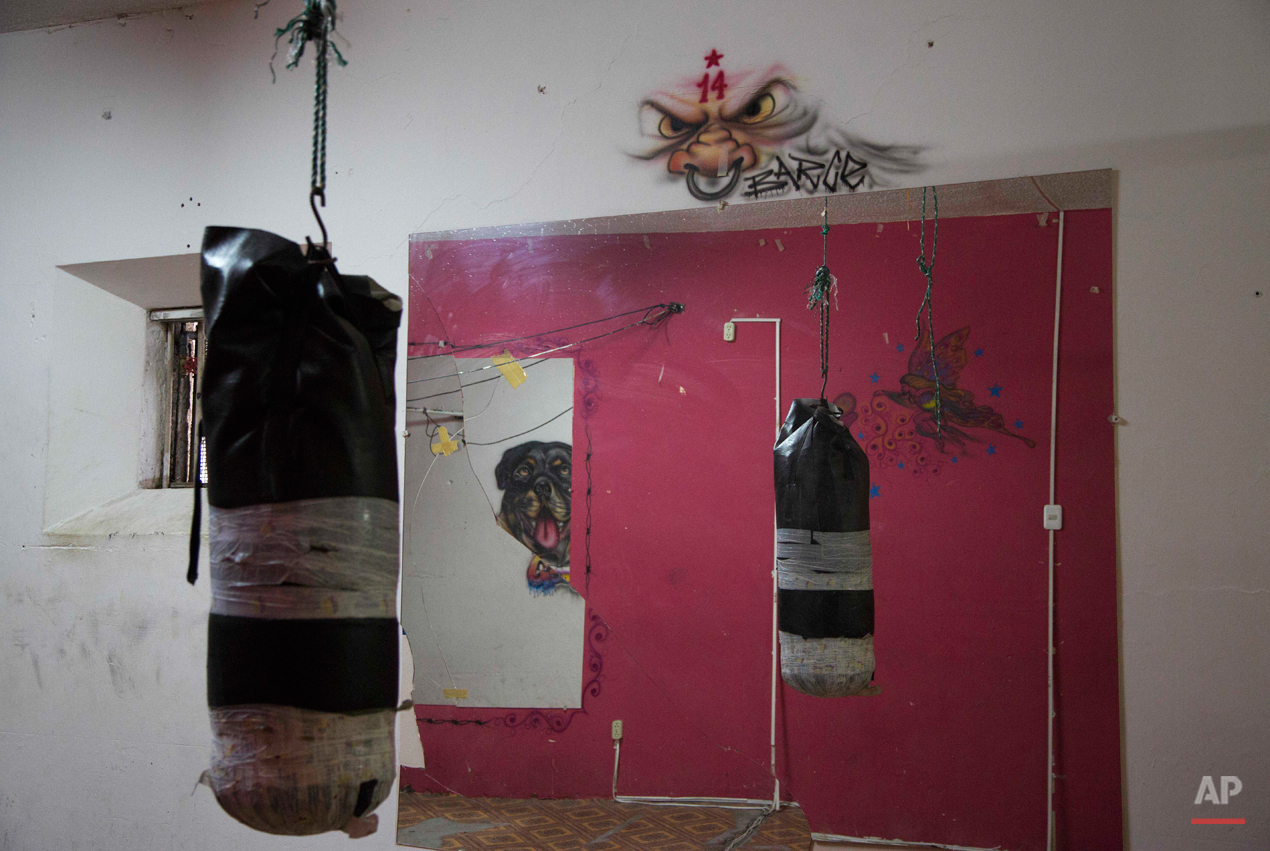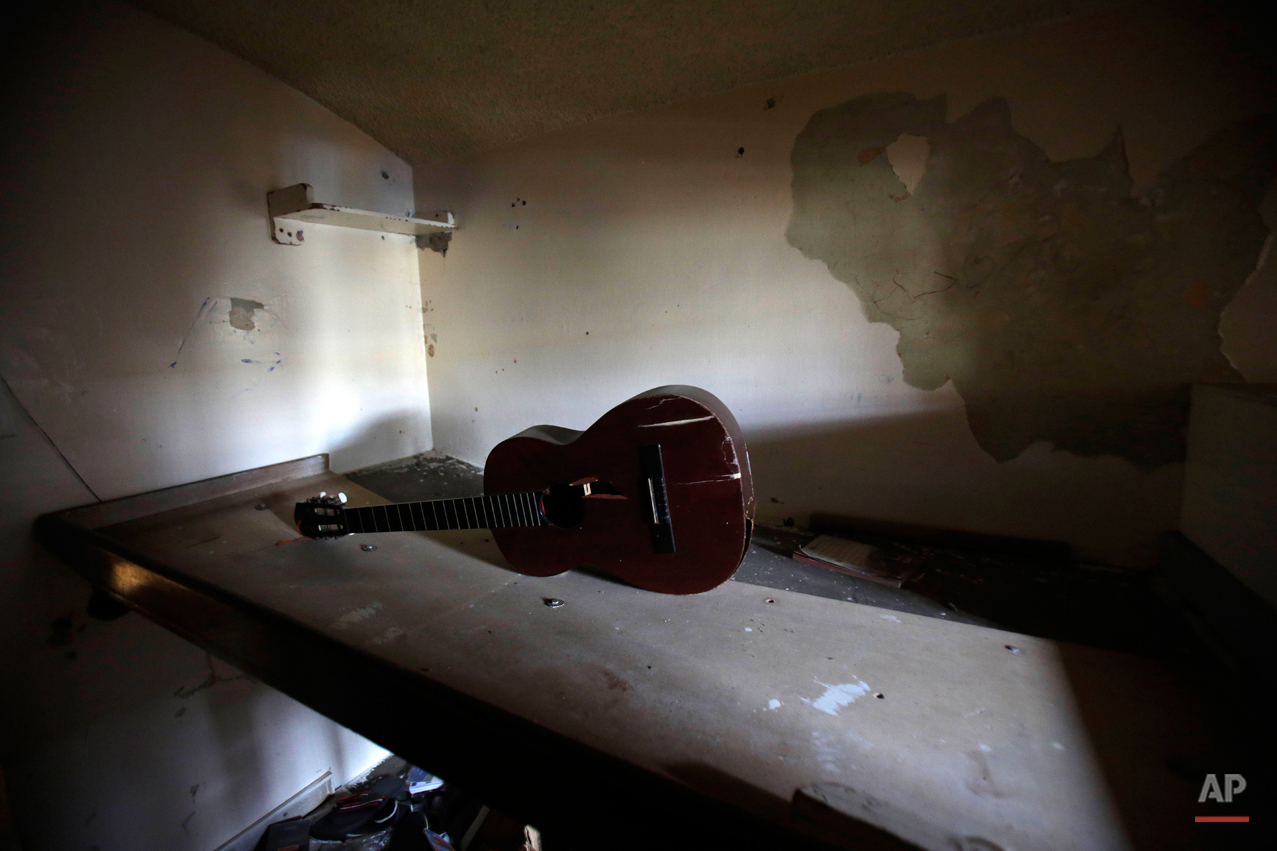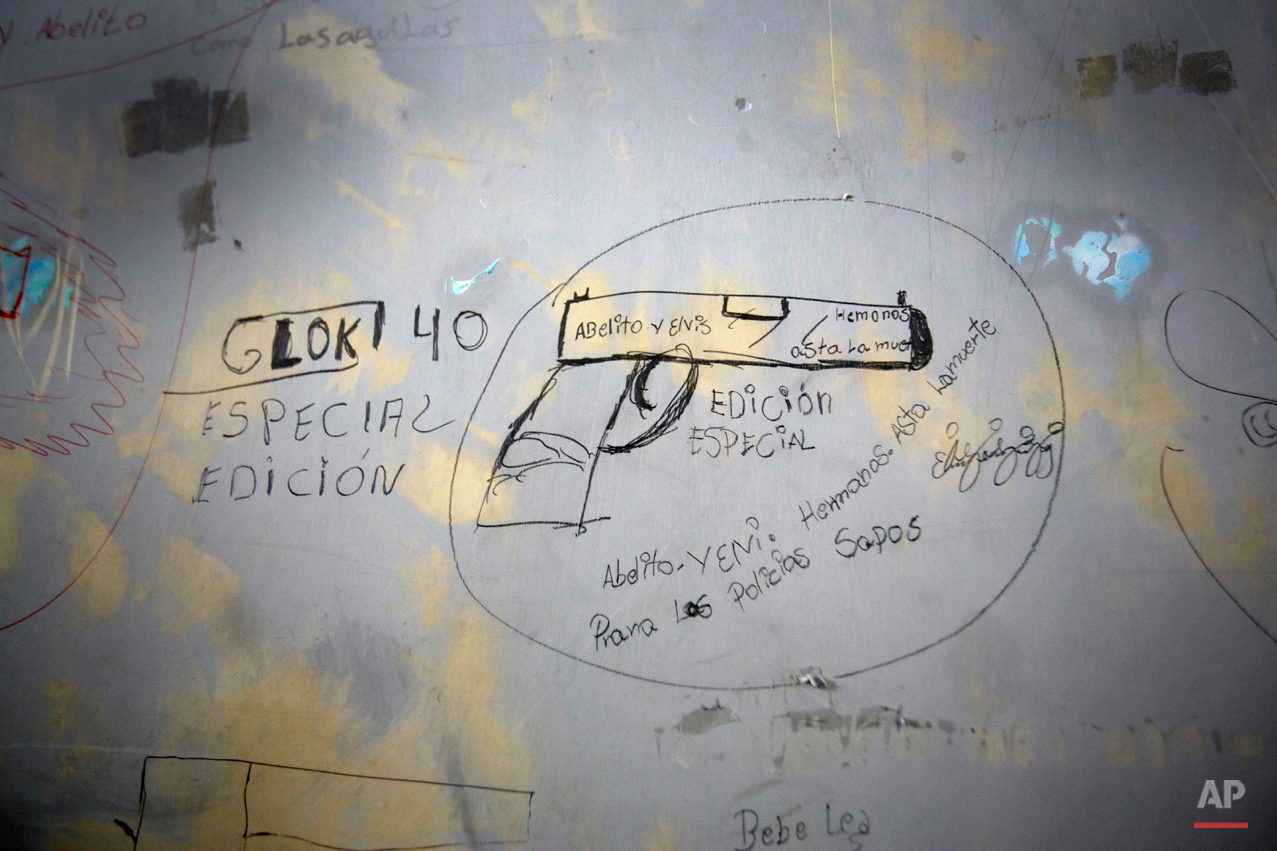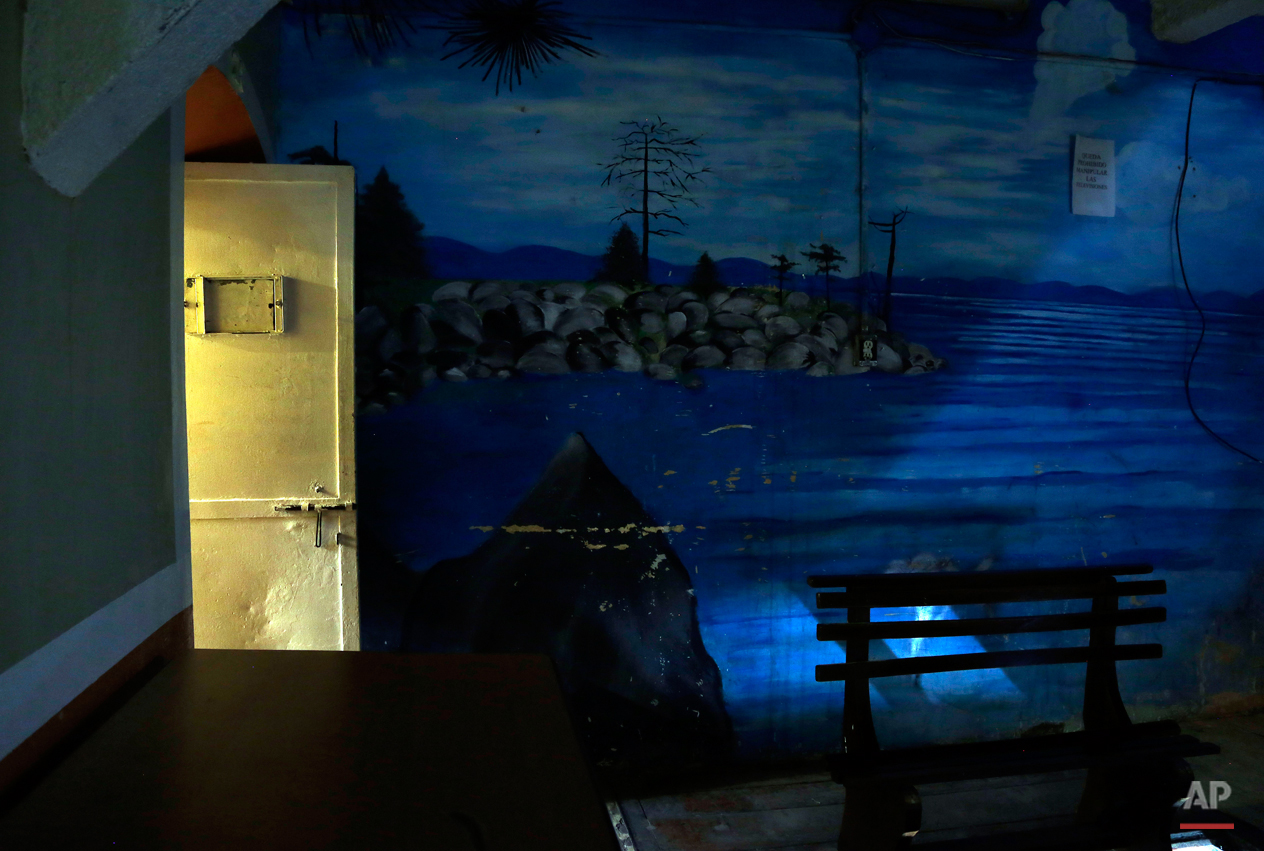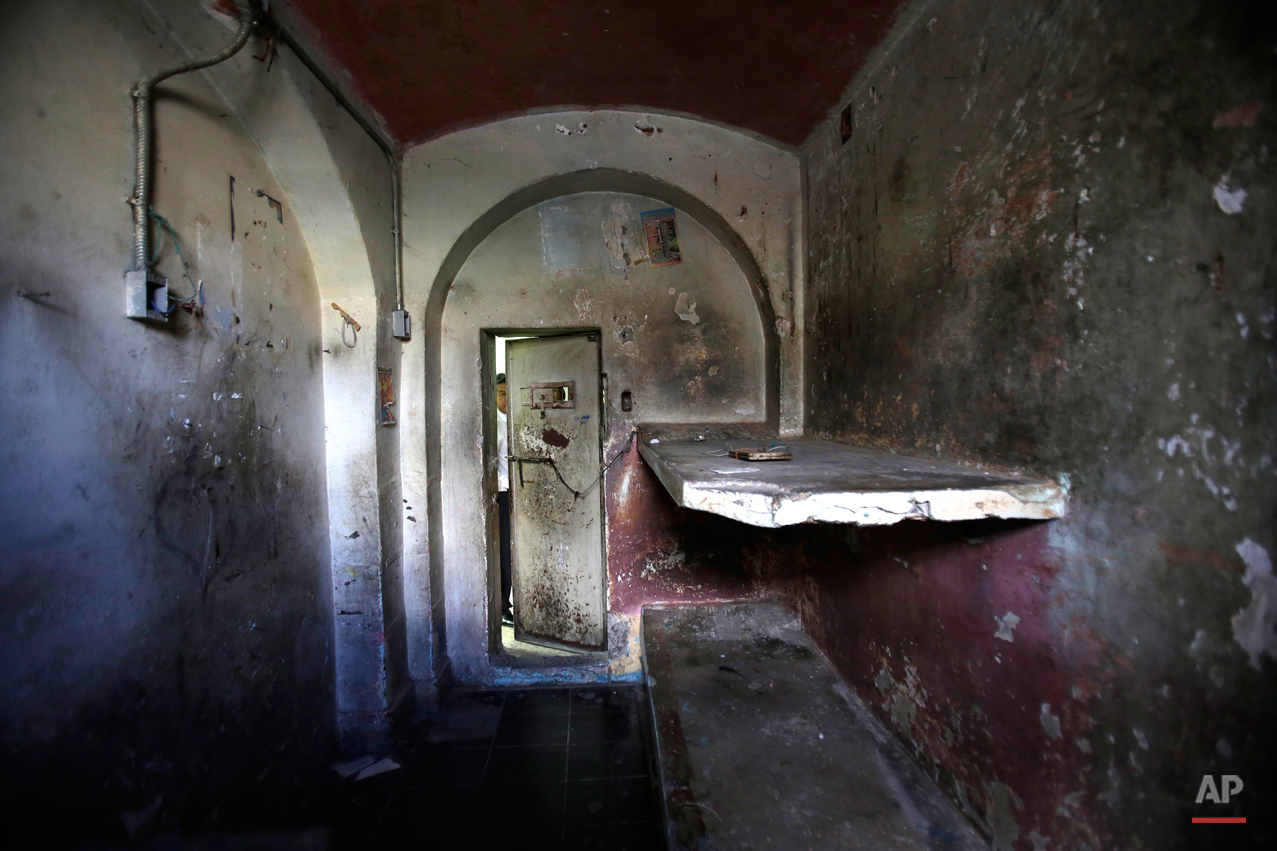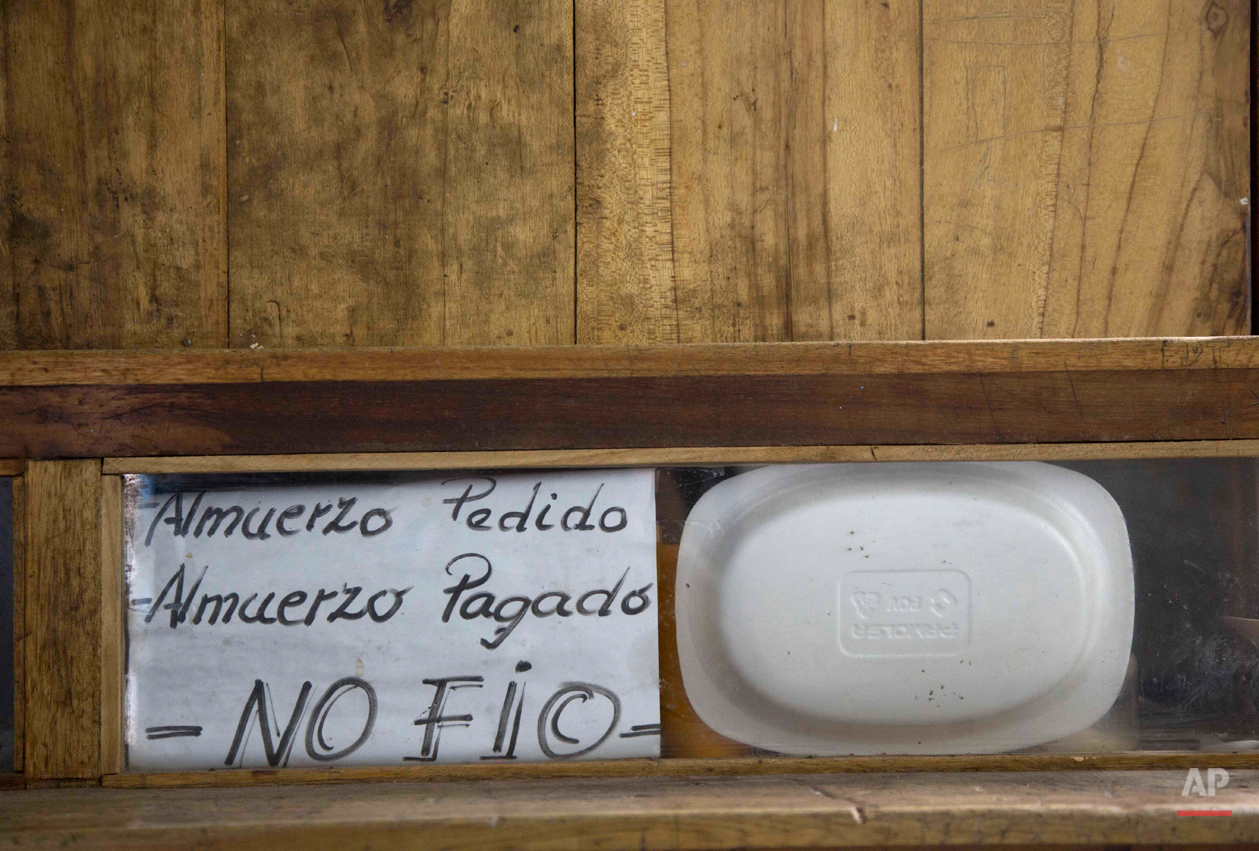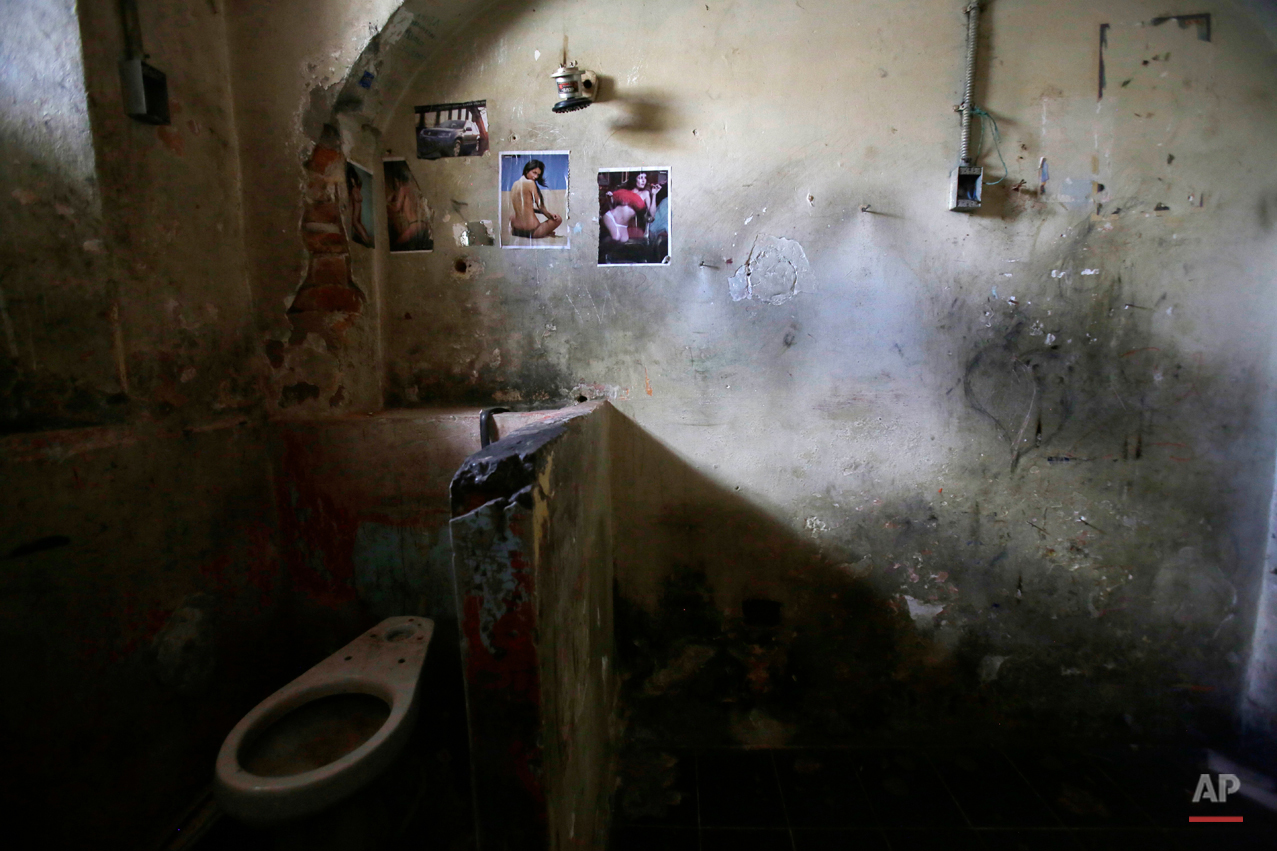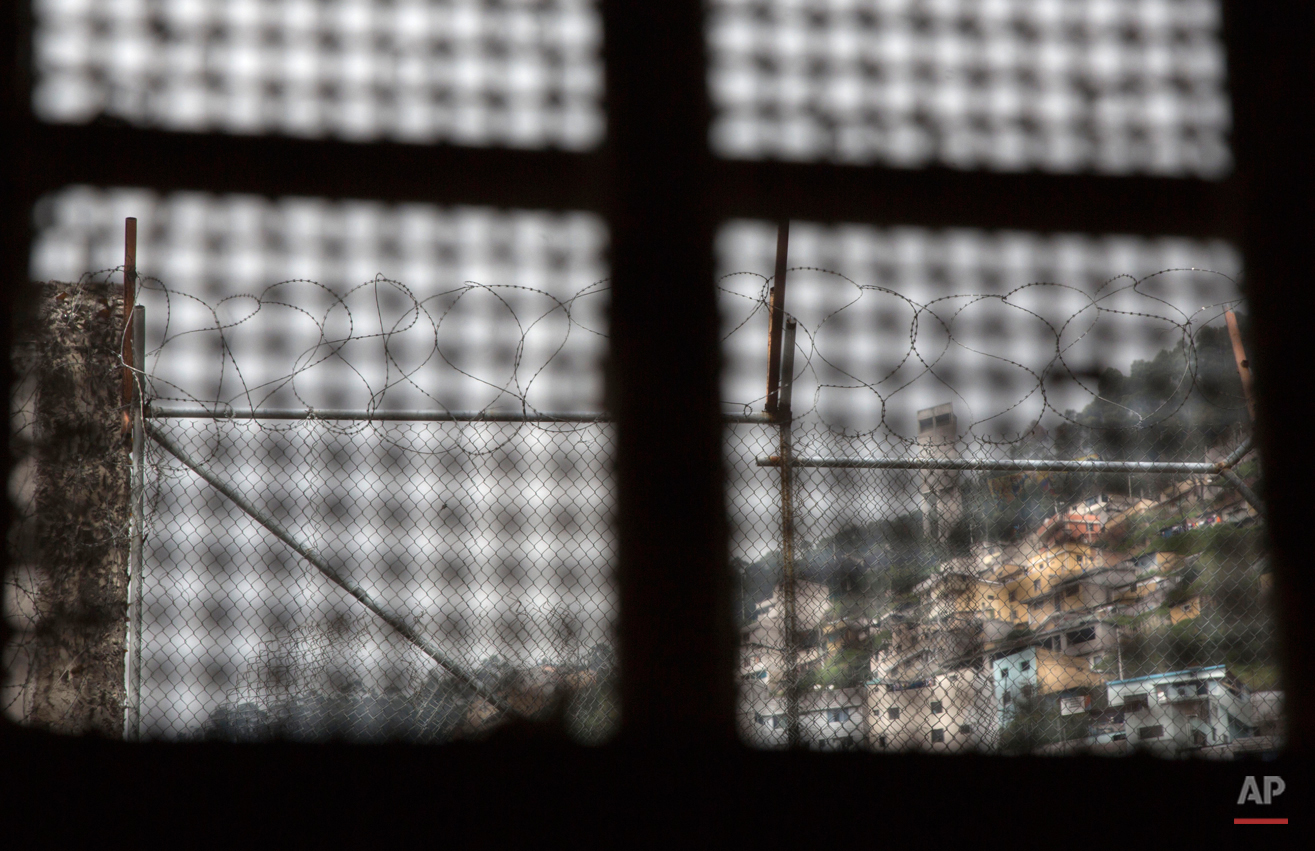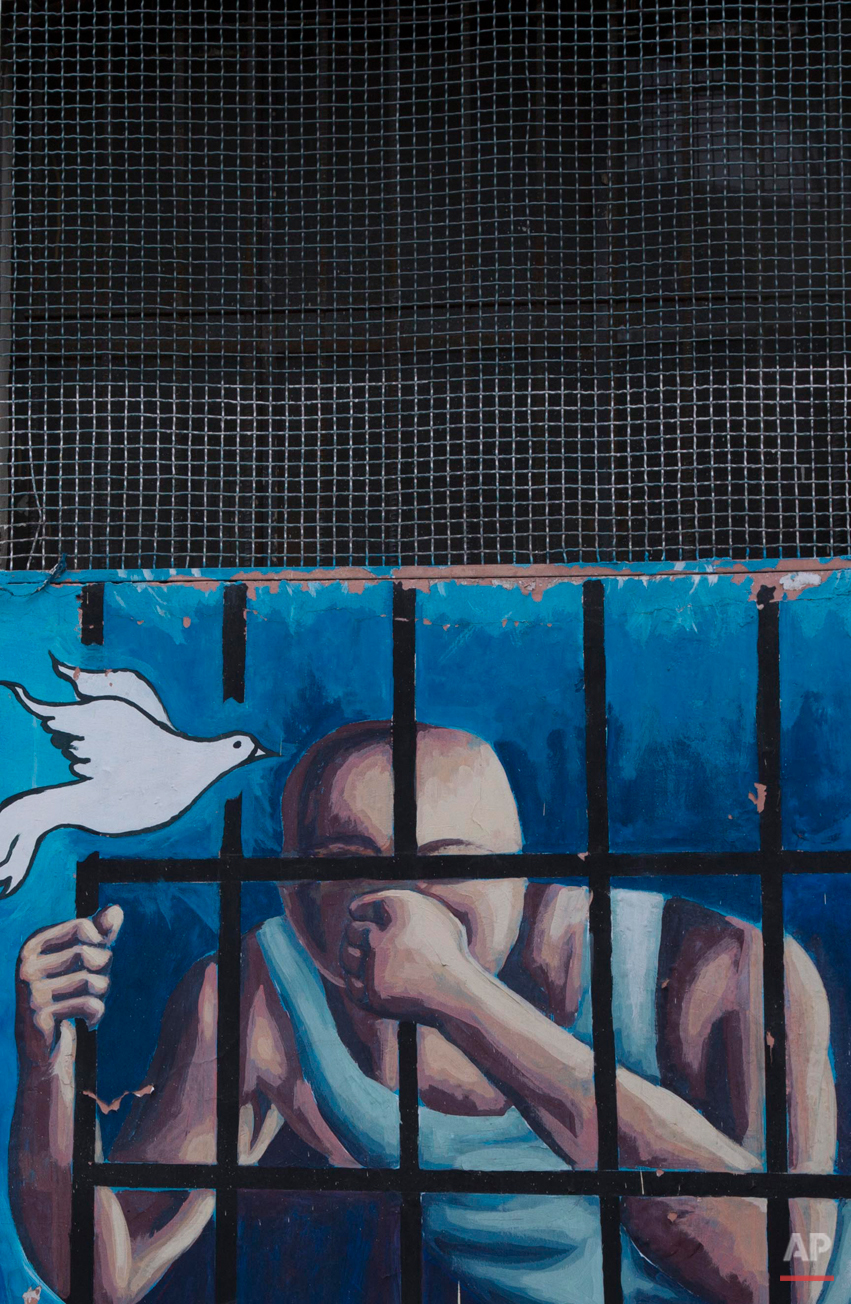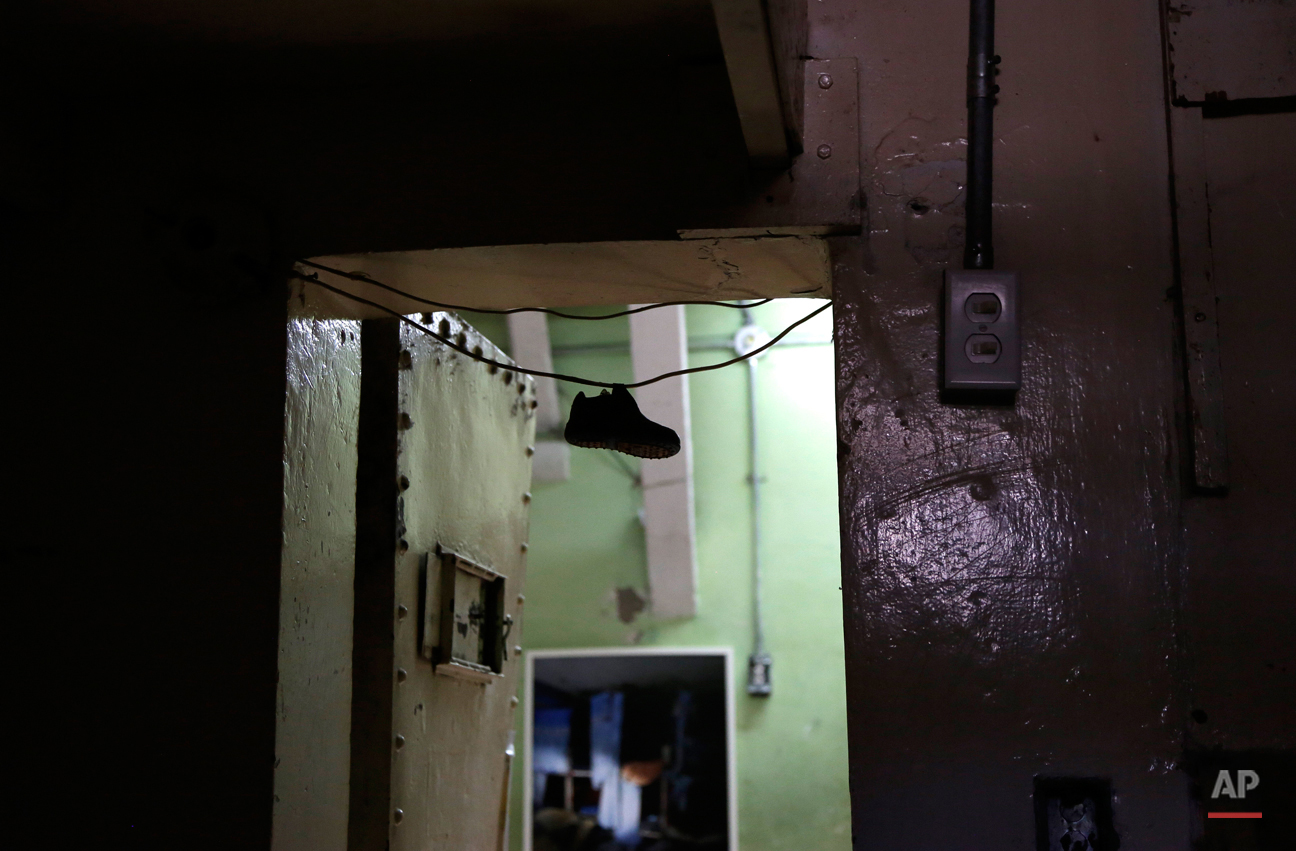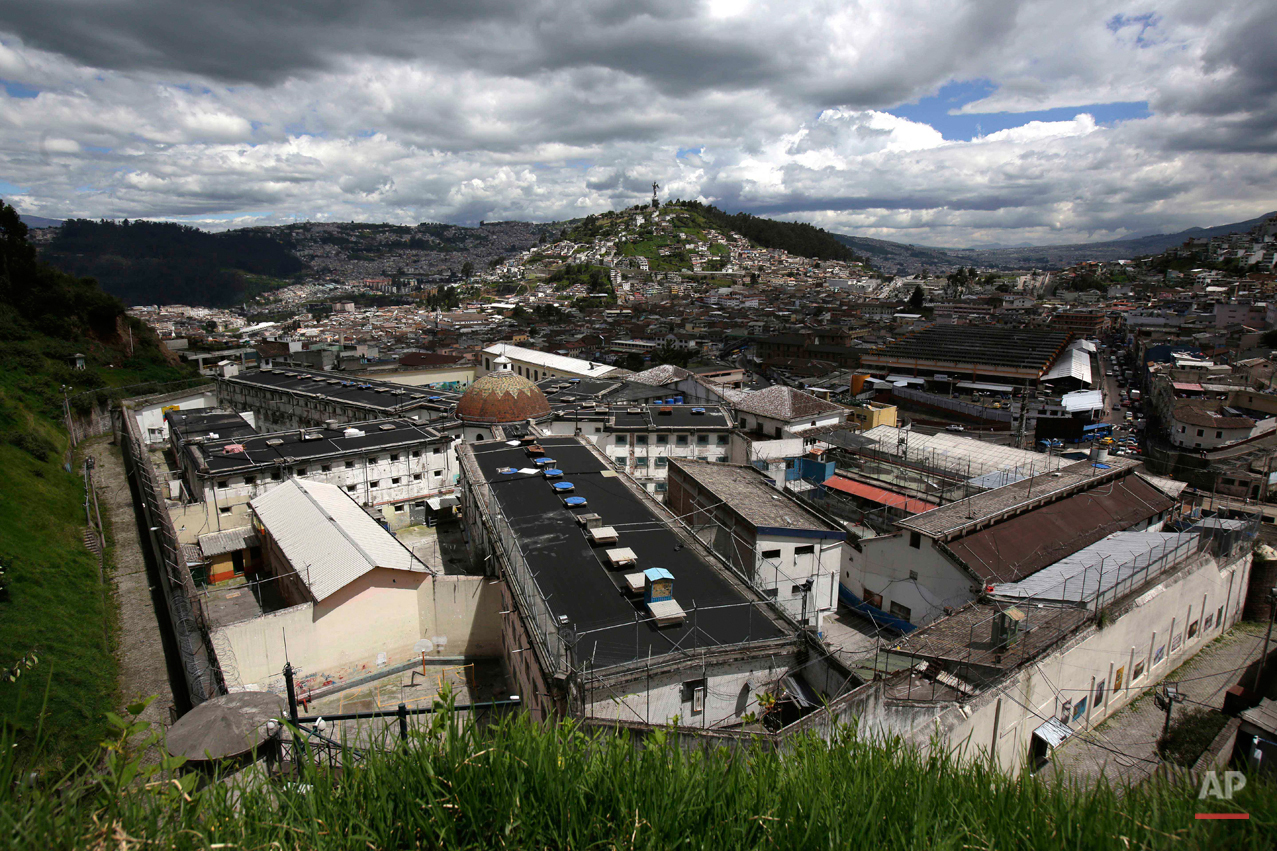Abandoned prison in Ecuador bears signs of past
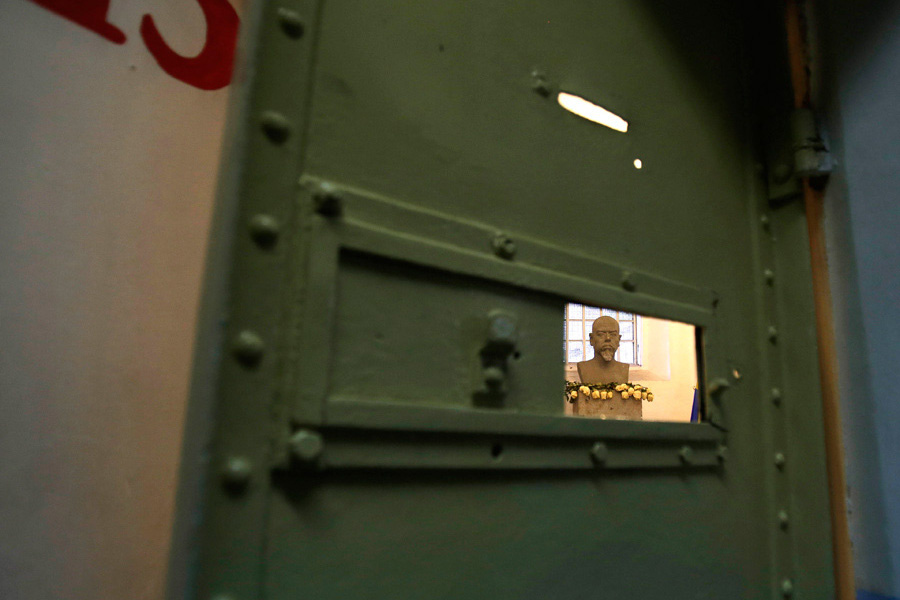
Its cold walls are marked with words and colored murals, written and drawn over 139 years by prisoners ranging from chicken thieves to politicians. Rich and poor, good and bad, innocent and guilty, inmates used the walls to record their days living in this human storage facility known as the Garcia Moreno Prison.
The four-block-long building with numerous wings has been abandoned since September, when the 2,600 prisoners living in a space originally built for just 300 people were transferred to a larger and more modern penitentiary. But many of the inmates' stories of love, misery, desperation and greed remained behind, scrolled in hallways now strolled by visitors on public tours.
Among the messages and images that remain are rapidly scribbled phone numbers and written promises to never return to prison. There are cuttings from newspapers or magazines of pinup girls, and images of Jesus Christ. Clothes, a guitar and other belongings were left behind by departing inmates. Metal watchbands, keys and used batteries are scattered on the floor of one bathroom.
During its many years, the prison was witness to many uprisings and escape attempts. While its high walls separated the prisoners from society outside, they made and respected their own laws, and their own authorities, on the inside.
One of its most famous inmates was Eloy Alfaro, who was president of Ecuador in 1897-1901 and again in 1906-1911. Alfaro was imprisoned by a successor, then killed by a mob that broke into the prison in what was believed to be a politically motivated attack in 1912.
The cells ranged in size from 8 square meters (86 square feet), housing as many as six or eight inmates at a time, to 30 square meters (322 square feet), accommodating up to 40 people. But a prisoner with money could pay the gangs that controlled daily life inside to give them a cell with just one roommate.
Psychologist Oscar Ortiz, who worked with the inmates behind these walls, says most people believe prison is the worst place, with the worst people. "But I have now lived many years and I have concluded that the prison is simply a reflection of our society."
Now that this former world has been moved to another place, the time will soon come to erase the stories engraved on these walls.
The building's fate remains undecided, but authorities say one project being looked at would convert the old prison in the heart of Quito into a luxury hotel, even though it stands in the middle of impoverished neighborhoods and crowded markets.
Another proposal would convert it into a city museum.
Text from the AP news story, AP PHOTOS: Abandoned prison in Ecuador bears signs of past, by Dolores Ochoa.
Spotlight is the blog of AP Images, the world’s largest collection of historical and contemporary photos. AP Images provides instant access to AP’s iconic photos and adds new content every minute of every day from every corner of the world, making it an essential source of photos and graphics for professional image buyers and commercial customers. Whether your needs are for editorial, commercial, or personal use, AP Images has the content and the expert sales team to fulfill your image requirements. Visit apimages.com to learn more.
Written content on this site is not created by the editorial department of AP, unless otherwise noted.
AP Images on Twitter | AP Images on Facebook | AP Images on Google+
Visual artist and Journalist


